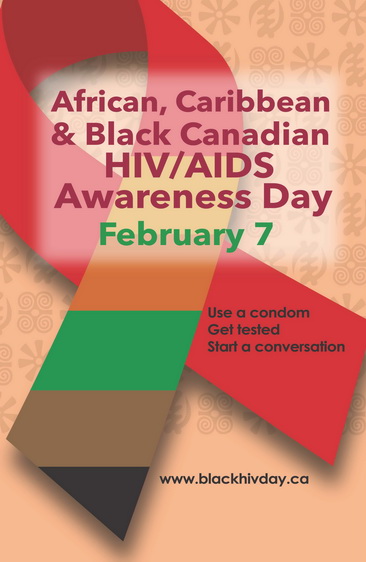تهران- ایرنا- روزنامه «قانون» امروز -چهارشنبه- در گزارشی با عنوان «سکوت «ایدز» در مدارس» نوشته است: شعار اساسی مان بیشتر روی پرهیز از برقراری رابطه پرخطر خارج از چارچوب خانواده، وفاداری به همسر و تک همسری است
به دلیل مشترک بودن استفاده این وسیله در بحث بارداری و نیز عدم انتقال ایدز، نمی توان آمار دقیق گرفت. اینکه از وزارت بهداشت مدام درباره ایدز سوال می شود، از وزارتخانه هایی مثل آموزش و پرورش یا علوم سوال نمی شود. باید پرسید واقعا ایدز اولویت چندم آموزش و پرورش است؟

photo: Jam News Iran
موج سوم انتقال ایدز در ایران همراه با افزایش انتقال از طریق روابط محافظتنشده جنسی است و آمار ها از افزایش انتقال ایدز در این زمینه حکایت دارد. آمارهای رسمی و ثبت شده، وجود حدود ٣٠ هزاربيمار مبتلا به ایدز در کشور را نشان می دهد که احتمالا تا سه برابر این آمار نیز مبتلا به ایدز هستند اما اطلاعی از ان ندارند. در این میان، اطلاعرسانی و آموزش پرهیز از رفتارهای پرخطر جنسی و ترویج استفاده از وسایل پیشگیری از انتقال ایدز نظیر کاندوم، موضوعی است که چندان مورد توجه در سالهای اخیر قرار نگرفته و نگرانیها از افزایش انتقال ایدز از طریق روابط جنسی را افزایش داده است
دکتر „عباس صداقت“ رئیس اداره كنترل ایدز وزارت بهداشت، درمان و آموزش پزشکی در گفتوگو با «قانون» از نگرانی ها درباره افزایش انتقال ایدز با روابط محافظت نشده جنسی سخن گفته است که در ادامه می خوانید:








